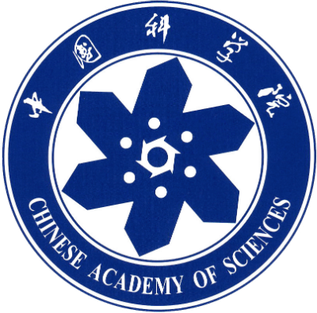A chemistry journal has retracted a 2014 paper by a group from China after the first author on the article copped to having Photoshopped a figure — marking the second retraction for members of the group in less than a week and the 14th for one of the authors.
The paper, “Polymer nanodots of graphitic carbon nitride as effective fluorescent probes for the detection of Fe3+ and Cu2+ ions,” appeared in Nanoscale and was written by a group with ties to Soochow University, Hefei University of Technology and the Chinese Academy of Sciences, in Beijing, and Yale University. The first author was Shouwei Zhang, whose name appears on at least seven papers flagged on PubPeer for problematic images.
The senior author was Xiangke Wang, whose tally of PubPeer entries is now at 76 and who now has 14 retractions. One of those, the 2013 article “Superior adsorption capacity of hierarchical iron oxide@magnesium silicate magnetic nanorods for fast removal of organic pollutants from aqueous solution,” was retracted from the Journal of Materials Chemistry A on September 13, with the following notice:
The Royal Society of Chemistry, with the agreement of the authors, hereby wholly retracts this Journal of Materials Chemistry A article due to concerns with the reliability of the data in the published article.
The XRD spectra presented in Fig. 1A(b) and (c) are identical with the exception of a peak at ∼20 theta in spectrum (c). Furthermore, all 3 spectra presented in Fig. 1A appear to have identical baselines in the region of 10–15 theta.
The first author also admitted that the TEM image presented in Fig. 2B was reproduced from a Materials Letter paper by Lu-Ping Zhu et al. without permission.1
The first author initially requested to retract this article, but the authors subsequently asked to correct it based on updated experimental data. The authors would like to apologise to the authors of ref. 1 and for any inconvenience to readers.
Nanoscale also belongs to the Royal Society stable. As the retraction notice for that paper explains:
The Royal Society of Chemistry, with the agreement of the authors, hereby wholly retract this Nanoscale article due to concerns with the reliability of the data in the published article. Repeating fragments can be observed in the TEM images in Fig. 1B and C, indicating that these images have been manipulated. The first author initially requested to retract this article because he admitted that Photoshop technology was used in the preparation of Fig. 1. The authors subsequently requested to correct the article based on updated experimental data. The authors apologize for any inconvenience to readers.
The article has been cited 237 times, according to Clarivate Analytics’ Web of Science, making it a “highly cited paper.”
Zhang did not respond to a request for comment, and an email to Wang bounced back.
Like Retraction Watch? You can make a one-time tax-deductible contribution or a monthly tax-deductible donation to support our work, follow us on Twitter, like us on Facebook, add us to your RSS reader, or subscribe to our daily digest. If you find a retraction that’s not in our database, you can let us know here. For comments or feedback, email us at [email protected].

GOOD GRIEF. X-ray powder patterns are not “spectra”. If journal editors are making this gross error in terminology in a retraction notice, is it surprising that dodgy papers are being published?
“who now has 14 retractions”
Could you check that number? The Retractionwatch database shows 17. Of course some of them are accidental duplicate publications and might not count. On the other hand, the most recent retractions shown in Pubpeer threads haven’t percolated through to the database yet.
Three of the entries in the 17 are corrections. Select “Retraction” in the “Nature of Notice” dropdown.
We recommend reviewing our User Guide before using the database.
I count 17 full retractions in PubPeer threads, including the most recent ones.
Thanks, we’ve now checked what’s listed on PubPeer, and there were two that we were missing, but at least one other that was a duplicate. (Relying on automated systems often includes such errors, since publishers do not always transmit the correct metadata.) There was another one that just appeared, so there are now 17.
It’s hard to keep up! I’m sure there are more to come.